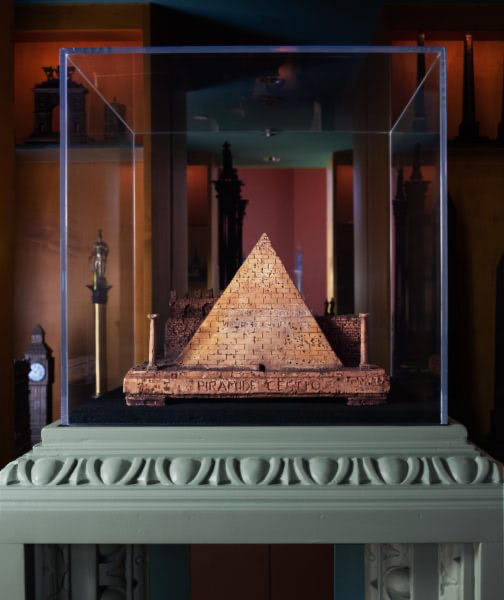A smaller, earlier, carved cork model in Piraneseum’s collection, whose subject is Rome’s Pyramid of Caius Cestius. This highly-wrought replica (note the Latin text on the sloping masonry face) dates to the late 18th century. Its maker is, as yet, unidentified. While there were a couple of relatively large Roman studios in this period making cork architectural models, there was also an abundance of small, anonymous shops. The Optium Museum Acrylic® cube is intended as a counterpoint to the ancient monument’s strict geometry.
Share this Article:
This article is intended for educational purposes only and does not replace independent professional judgment. Statements of fact and opinions expressed are those of the author(s) individually and, unless expressly stated to the contrary, are not the opinion or position of Tru Vue or its employees. Tru Vue does not endorse or approve, and assumes no responsibility for, the content, accuracy or completeness of the information presented.
